Back to Basics: What is Advertising?
Want to save time?
Summarize this article in seconds with AI
Advertising is the driving force behind business growth, shaping how brands connect with consumers across different platforms. Whether it's digital ads, billboards, or TV commercials, advertising plays a crucial role in capturing attention, building brand awareness, and influencing purchasing decisions. But what exactly is advertising, and why does it matter? This guide breaks down its definition, importance, and key types...all the advertising basics you need to know!
Quick jump to...
What Is Advertising
Simply put, advertising is the process of promoting a product, service, or idea through various media channels to attract attention and drive consumer action.
It's a multifaceted process that blends creativity with strategy to reach potential customers. This process culminates in motivating them to take a specific action, like making a purchase or visiting a store, through a compelling call-to-action. Whether it's launching a new smartphone or promoting a local café, advertising helps businesses communicate their value proposition effectively and make a meaningful connection.
Types of Advertising
There's a few main types of advertising in Hong Kong:
- OOH: Billboards, transit ads, LED screens (DOOH)
- Digital Advertising: Social media ads, search ads, video ads
- Print Advertising: Newspapers, magazines
- Broadcast Advertising: TV, radio
- Influencer Marketing: Brand partnerships on social media
| Advertising Type | Reach | Target | Engagement | Cost | Best For |
| OOH & DOOH | High - Visible in busy areas | Limited - Based on location | Low - Passive viewing | Medium to High - Location-based pricing | Brand awareness, large-scale visbility |
| Digital | High - Targeted & scalable | Advanced - Demographics, interests, retargeting | High - Interactive & trackable | Flexible - Low to high based on platform | Lead generation, direct sales, engagement |
| Medium - Local/regional readers | Limited - General audience | Low - Static format | Medium - Varies by publication | Local business promotions, credibility | |
| Broadcast (TV & Radio) | High - Mass audience | Moderate - Broad targeting | Moderate - Depends on content | High - Expensive for prime time slots | Mass awareness, premium branding |
| Influencer Marketing | Varies - Depends on influencer size | High - Niche audience focus | High - Direct audience interaction | Varies - Based on influencer reach | Trust-building, word-of-mouth marketing |
OOH & DOOH
These are the classics, offering widespread visibility in high-traffic areas. Think of the massive billboards in Mong Kok or the tram wraps cruising through Central. They're hard to miss and great for brand awareness. How about LED screens that light up the Victoria Harbour, offering brands a chance to reinforce their presence in the iconic city. Another classic advertising format is double-decker buses like KMB or Citybus that are wrapped in advertisements for everything from the latest smartphones to tourist attractions like Disneyland, creating moving messages that capture the attention of both pedestrians and commuters alike.
Learn more about OOH/DOOH formats and rates here <<
Also read:
- 10 Cool Billboard Designs That You Can Take Inspirations From
- 2025 OOH Cost in Hong Kong - An Ultimate Guide
Digital Advertising
With Hong Kong's high internet penetration, digital ads are crucial. From the skyscraper ads on popular local websites like Hong Kong Business to video ads on YouTube that target viewers by interest or browsing history. E-commerce platforms such as HKTVmall also offer digital storefronts where banner ads and product placements can drive significant traffic and sales, especially during shopping festivals or holiday seasons. Email marketing campaigns, tailored to specific consumer segments with offers for dining, shopping, or entertainment, leverage Hong Kong's fast-paced lifestyle, offering convenience and value.
Learn more about Online/Digital Advertising here <<
Also read:
Print and Broadcast
Despite the digital wave, print and broadcast media maintain their charm and effectiveness for many Hong Kong brands. The South China Morning Post, with its broad readership, offers a prestigious platform for financial services and luxury real estate advertising. Community newspapers, distributed in specific neighborhoods, are ideal for local businesses, such as restaurants or tutoring services, to reach nearby residents. On the broadcast side, radio stations like Commercial Radio air spots that are perfect for time-sensitive promotions, such as concert tickets or flash sales, tapping into the daily commute listening habits of Hong Kongers.
Learn more about Press Ads here <<
Influencer Partnerships

Influencer marketing in Hong Kong has evolved beyond endorsements to include creative collaborations that offer immersive brand experiences. For instance, fashion influencers might collaborate with brands for exclusive previews or styling sessions, shared through Instagram stories or live streams, reaching fashion-savvy audiences directly. Food bloggers and YouTubers often feature local eateries or new menu items, creating buzz and driving foot traffic through authentic, relatable content. These partnerships effectively cultivate trust and engagement influencers have with their followers, translating it into tangible business results.
TV
TV advertising remains a powerful and credible marketing tool, delivering high-impact visuals and storytelling to mass audiences. Despite the rise of digital marketing, TV ads still thrive in Hong Kong, reaching millions daily. They offer broad demographic reach, high engagement, and brand prestige, making them ideal for brand awareness campaigns. Common formats include traditional TV commercials (TVCs), sponsorships, product placements, and interactive addressable TV ads that personalize content for viewers.
Why Is Advertising Important?

Advertising is way more than just announcing your products or services. A good advertisement should aim to influence and inspire. In Hong Kong, where competition is fierce across all sectors, standing out is a necessity. Effective advertising can elevate a brand from being an option among a sea of others to becoming a preferred choice. It builds brand recognition, establishes credibility, and can even sway public opinion.
How to Choose the Right Advertising Strategy
Selecting the right advertising strategy depends on your goals, audience, budget, and industry trends. Here’s how to make the best choice:
- Define Your Objectives – Determine if your goal is brand awareness, lead generation, sales, or customer retention to align with the right ad formats.
- Define Your Target Audience – Analyze demographics (age, income, location) and psychographics (interests, behaviors, values) to choose the most relevant channels.
- Select the Best Channels – Match your objectives with:
- OOH & DOOH Ads – High visibility in crowded locations.
- Digital Ads & Influencer Marketing (Google, Social Media, YouTube) – Precise targeting, measurable results.
- Radio & Print – Effective for niche audiences.
- TV Ads – Best for mass awareness and credibility. - Set a Budget & Track ROI – Monitor CPM (cost per 1,000 views), CPC (cost per click), and ROI (return on investment) to optimize spending.
- Optimize & Adjust – Regularly review engagement, conversion rates, and A/B test creatives to refine performance.
 Cookie preferences
Cookie preferences

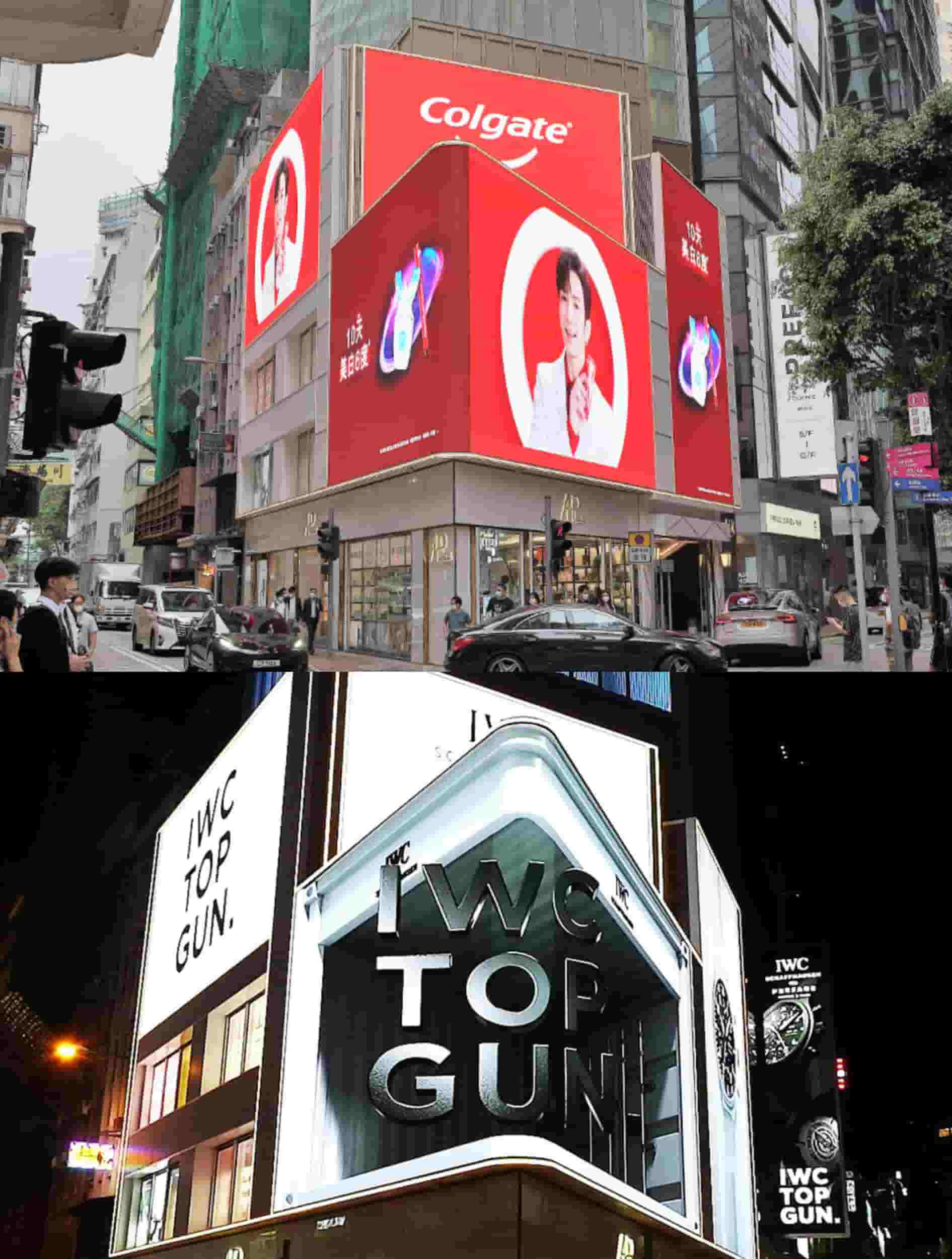
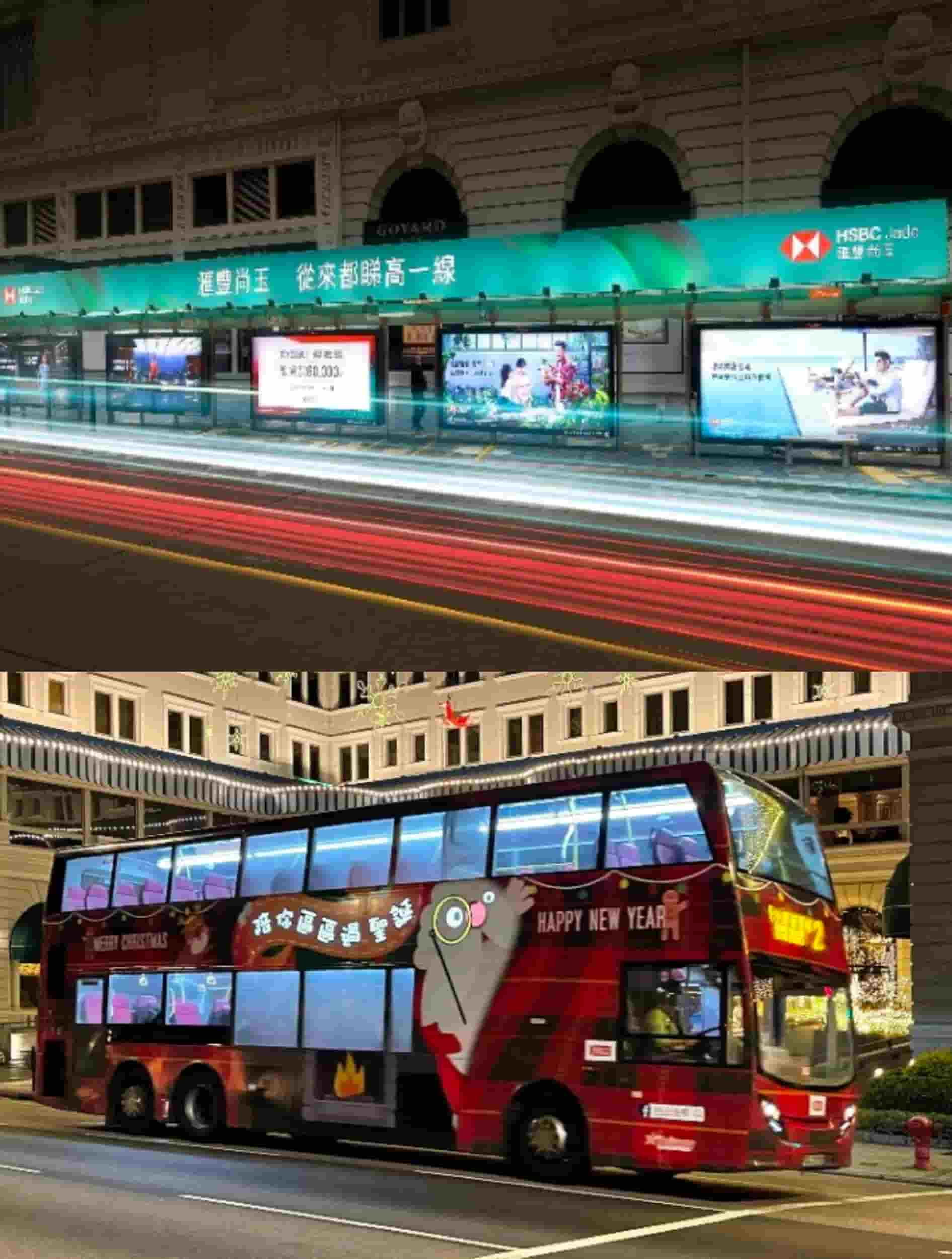

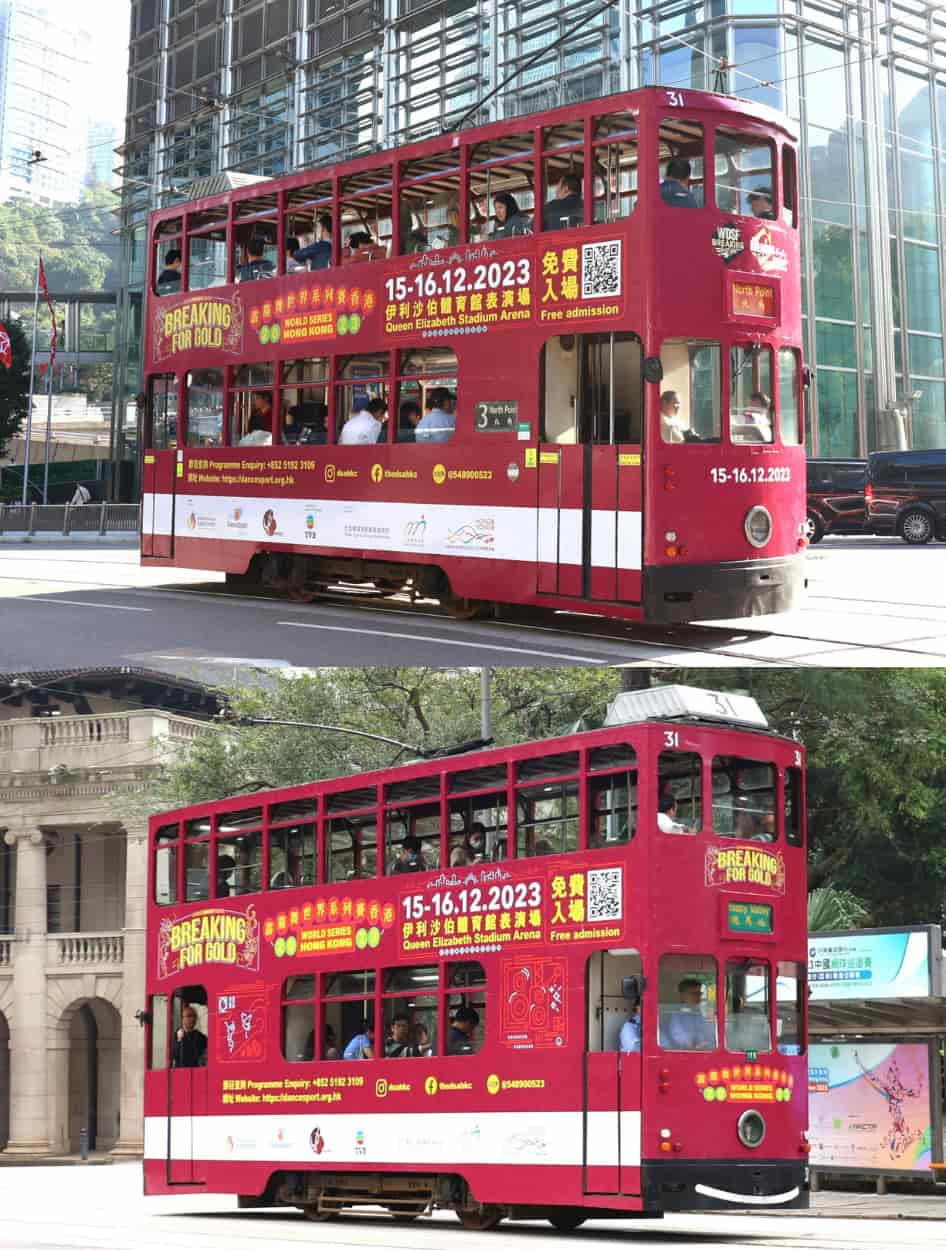

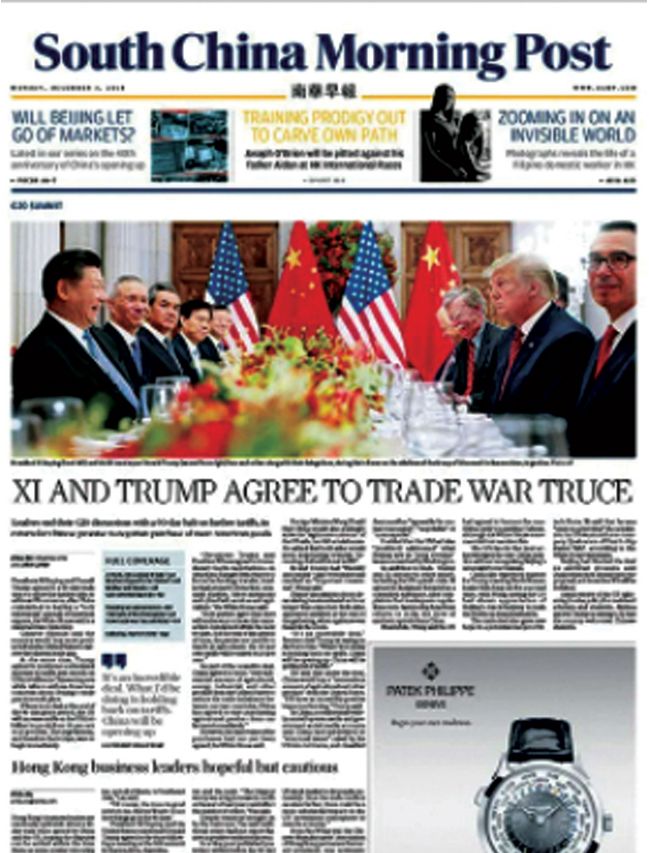

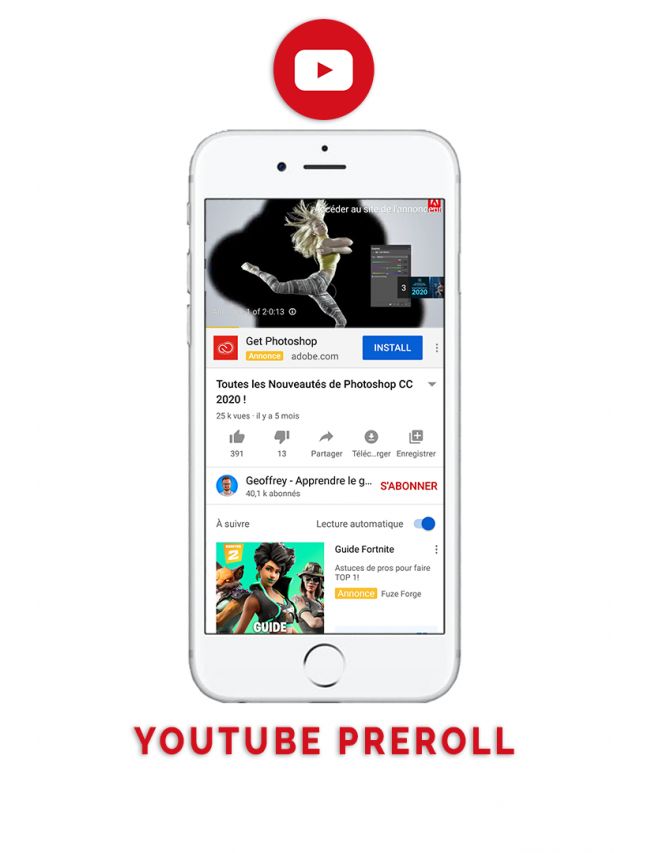







 Xiaohongshu Advertising Guide: How Can Hong Kong Brands Maximize Their Results?
Xiaohongshu Advertising Guide: How Can Hong Kong Brands Maximize Their Results?
 2x your advertising effectiveness: Master big data to optimize ad ROI
2x your advertising effectiveness: Master big data to optimize ad ROI
 Top 5 Best Ads in 2025 in Hong Kong
Top 5 Best Ads in 2025 in Hong Kong
 Hong Kong Outdoor Advertising Cost in 2026 | Adintime Report
Hong Kong Outdoor Advertising Cost in 2026 | Adintime Report
 Marketing Calendar 2026: Key Dates For Marketing Success
Marketing Calendar 2026: Key Dates For Marketing Success
 The Most Widely-Read Magazine and Newspaper in Hong Kong
The Most Widely-Read Magazine and Newspaper in Hong Kong
 Understanding YouTube Advertising Costs in 2025
Understanding YouTube Advertising Costs in 2025
 OOH /DOOH advertising in Hong Kong: Formats and Rates (2025 Update)
OOH /DOOH advertising in Hong Kong: Formats and Rates (2025 Update)
 How much does LinkedIn Advertising Cost? (2025 Update)
How much does LinkedIn Advertising Cost? (2025 Update)
 Press Ad Basics: Types, Formats and Ad Price
Press Ad Basics: Types, Formats and Ad Price